Can you put plastic in an oven? This seemingly simple question opens the door to a deeper discussion about healthy cooking practices and the safety of the materials we use. When I first discovered the truth about 'microwave-safe' or 'oven-safe' plastics, it was a wake-up call. Despite these labels, heating plastic in an oven, microwave, or on a stovetop can lead to harmful chemicals leaching into our food. This revelation was alarming, especially as a holistic nutrition specialist and a mom dedicated to providing the safest environment for my family.
In this post, we'll explore the dangers of exposing plastic containers to high temperatures, which can cause plastic materials to melt, release toxic fumes, and pose serious health risks. Understanding the risks associated with different cooking methods, especially when it comes to heating elements in ovens, is crucial. We'll delve into why plastic is never okay to heat and discuss safer alternatives.
After learning about these risks, our family made the switch to non-toxic cookware, and the difference in our peace of mind and health was profound.
We'll share insights on the safest materials for not only cooking in the oven but also for heating, cooking, and reheating foods in general. Join us as we explore the world of safe cooking practices, ensuring that your meals are not only delicious but also free from harmful chemicals.
Jump to:
- The Risks of Heating Plastic
- Potential Health Risks of Plastic Chemicals
- Other Hazardous Cooking Materials to Avoid
- Safe Materials for Cooking, Heating, and Storing Food
- Healthy Cooking and Reheating Methods: The Importance of Stovetop and Oven Use
- Our Family's Journey to Non-Toxic Cookware
- FAQ
- Final Thoughts
- Comments
The Risks of Heating Plastic
When it comes to cooking, one common practice that makes a lot of home cooks cringe is the use of plastic in high-heat environments. Understanding the risks associated with heating plastic, whether it's in a gas oven, an electric oven, or even a microwave oven, is crucial for ensuring the safety and health of your meals. Let's delve into why heating plastic, even food-grade plastic, can be problematic.

Plastic Melts and Chemical Leeching
The fundamental issue with heating plastic in any form - be it a plastic bag, oven bag, saran wrap, or plastic plates - is that plastic melts. When exposed to high heat, such as in conventional ovens or toaster ovens, the integrity of the plastic is compromised. This not only includes regular plastics but also those labeled as microwave-safe plastics. While these might have a higher melting point, and might not visibly melt as easily, they still pose a potential safety risk.
Different Types of Plastic and Heat Resistance
Plastics like low-density polyethylene or common plastic wraps are designed for various purposes, but not all are suited for high temperatures. Even on the lowest setting of an oven, the heat can be too much. Numerous test kitchen chefs and experts, including chemistry professor Robert L. Wolke, have underlined the dangers of heating plastics. When plastic materials are heated, they can release plastic residue into the food, particularly when in direct contact with hot food. This is why we always recommend against storing foods in plastic. Read on for more recommendations.
The Misconception of 'Oven-Safe' Plastics
A common misconception is that 'oven-safe' or 'microwave-safe' plastics are entirely safe for oven use. However, these terms simply mean that the plastic won’t melt at the temperature of a microwave oven or a hot oven. It does not guarantee that the plastic won't leach chemicals. Even if the plastic doesn't visibly melt, like in the case of layers of plastic wrap around wrapped ribs or when chefs brine turkey breasts, it can still release harmful substances.
Specific Risks in Different Ovens
The risks vary depending on the type of oven. In a gas oven or an electric oven, the heating element can cause plastic materials to reach very high temperatures. Similarly, in toaster ovens or when using a heating element near the oven rack, the direct heat can cause plastic pieces, even those marketed as heat resistant, to degrade at even higher rates.
Also, gas ovens have their own unique risks involving the potential for gas leaks while electric ovens, if not installed properly, may pose electrical fire hazards. Always consult a professional when you aren't sure of the risks associated with your oven.
Additionally, microwaves pose an entirely different risk that is compounded with microwaving plastic. The radiation used to heat food also heats the containers which can subject the food to the chemicals within.
The Safe Alternatives
Instead of relying on plastic products for cooking, especially for a ready meal or short ribs, it’s a good idea to opt for alternatives. If you are eating a ready-made freezer meal, consider removing the plastic first and using a glass or ceramic plate. Even better would be to heat it in an oven-safe ceramic or cast iron pan.
Using materials that are genuinely safe for high-temperature cooking is key. This includes avoiding the use of plastic wrap, even if it's from plastic wrap manufacturers claiming high heat resistance.
In conclusion, while the convenience of using plastic in ovens, especially for a quick meal in consumers' homes, might be tempting, the safety risks far outweigh the benefits.
The presence of melted plastic, or even the invisible chemical leaching from plastic materials at even very low temperatures, is a health hazard. It’s crucial to stay informed and opt for safer cooking methods and materials.
Potential Health Risks of Plastic Chemicals
In our quest for convenience, we often overlook the long-term impacts of our choices, especially when it comes to using plastics for food containers or ready meals. However, it's important to understand the potential health risks associated with chemicals commonly found in plastics.
These chemicals are often referred to as "forever chemicals" because they persist in the human body for a long time, making it challenging for our bodies to detoxify them.
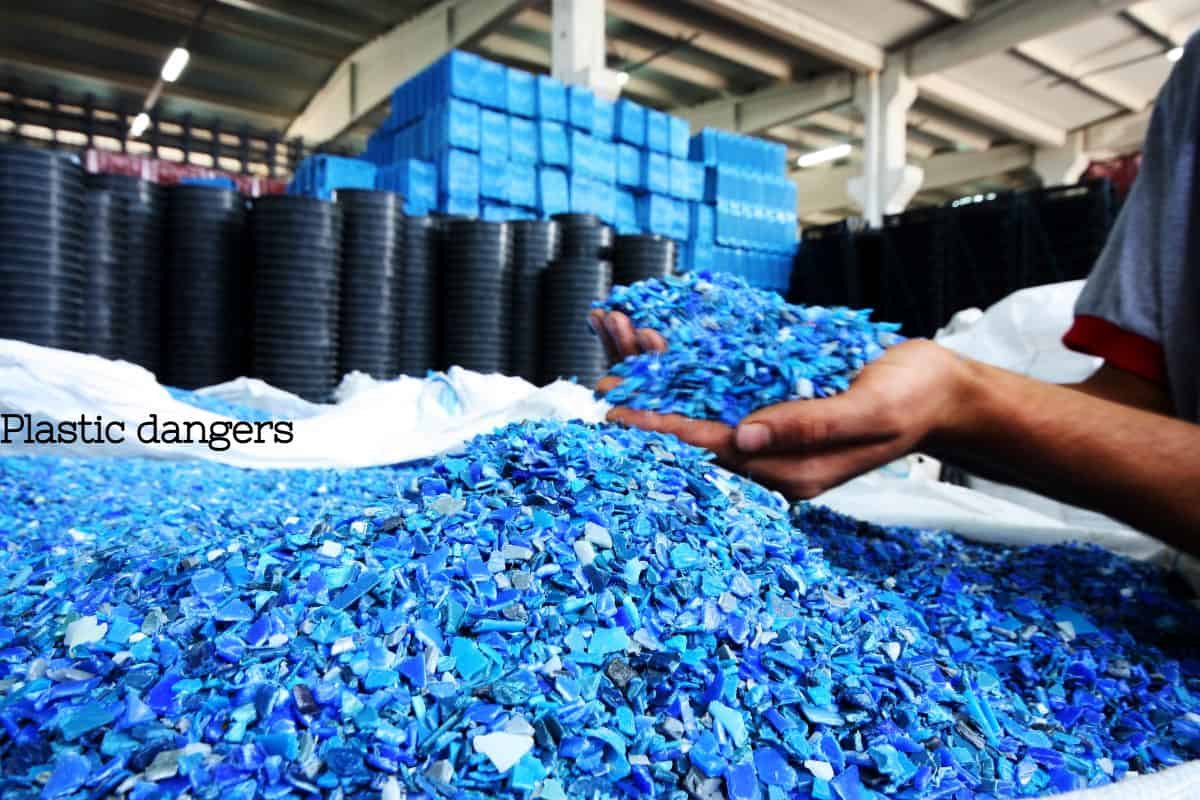
Types of Chemicals in Plastic and Their Impact
Several chemicals commonly found in various types of plastic have been identified as harmful. These include:
- Bisphenol A (BPA): Often used in food and beverage containers, BPA can mimic estrogen and has been linked to various health issues, including reproductive disorders, heart disease, and diabetes.
- Phthalates: Used to make plastics more flexible, phthalates can disrupt the endocrine system, impacting reproductive health and child development.
- Polyvinyl Chloride (PVC): Known for its use in food wrap, cooking oil bottles, and other products, PVC can release harmful chemicals like dioxins, which are linked to reproductive and developmental problems, as well as cancer.
- Polystyrene: Common in take-out containers and cups, polystyrene can leach styrene, a suspected carcinogen, into food and drinks.
The "Forever Chemical" Issue
The reason these chemicals are dubbed "forever chemicals" is due to their persistence in the human body. Once ingested, these substances can take a very long time to be broken down and eliminated. This prolonged presence increases the risk of accumulation and potential health hazards.
The Bottom Line
It is crucial to understand the risks associated with the type of plastic used for food containers. While opting for a ready meal might seem like a convenient choice, considering the safer alternatives is essential for long-term health. Glass, stainless steel, or ceramic containers are much safer options as they don't carry the same risks of chemical leaching.
In conclusion, the bottom line is to be cautious and informed about the use of plastic in the first place. By choosing safer alternatives and being mindful of the types of plastic we use, we can significantly reduce our exposure to these harmful chemicals and protect our health. The best bet is to avoid plastics for food altogether.
Other Hazardous Cooking Materials to Avoid
Teflon (Non-Stick Coatings)
Traditional non-stick cookware made with Teflon can release toxic chemicals when overheated. These substances, such as PFOA, are linked to health problems including thyroid disorders and certain types of cancer. Safer alternatives include cast iron, stainless steel, or ceramic-coated cookware.

Aluminum Cookware and Aluminum Foil
Cooking food in aluminum cookware or wrapping it in a layer of foil can lead to aluminum leaching, especially with acidic foods. High levels of aluminum exposure have been associated with bone disorders, Alzheimer's, and impaired renal function. Instead, opt for glassware or ceramic for baking and storing food, and use a baking sheet lined with parchment paper rather than aluminum foil.
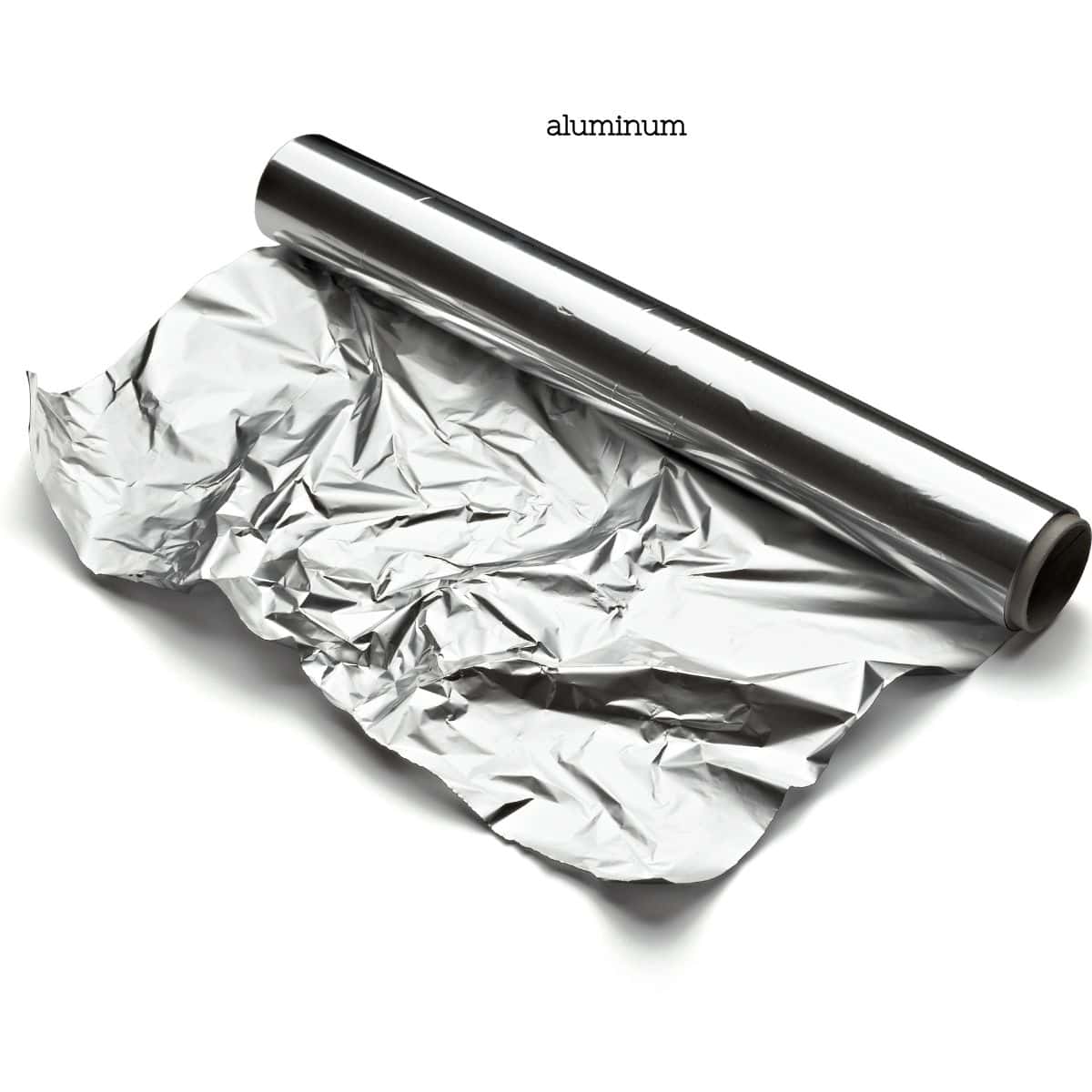
Copper Cookware
While copper pots and pans are known for their excellent heat conductivity, they can release copper into food, leading to potential toxicity. While small amounts of copper from copper water bottles can be helpful for those deficient in copper, excessive intake may be harmful. Excessive copper intake can cause symptoms like abdominal pain. Stainless steel or enameled cookware are safer options.

Lead Crystal Glassware
Lead leaching from crystal glassware, especially with beverages stored for extended periods, can be a concern. Lead exposure can lead to serious health issues like neurological damage. The best bet is lead-free glass containers are recommended for storing beverages.
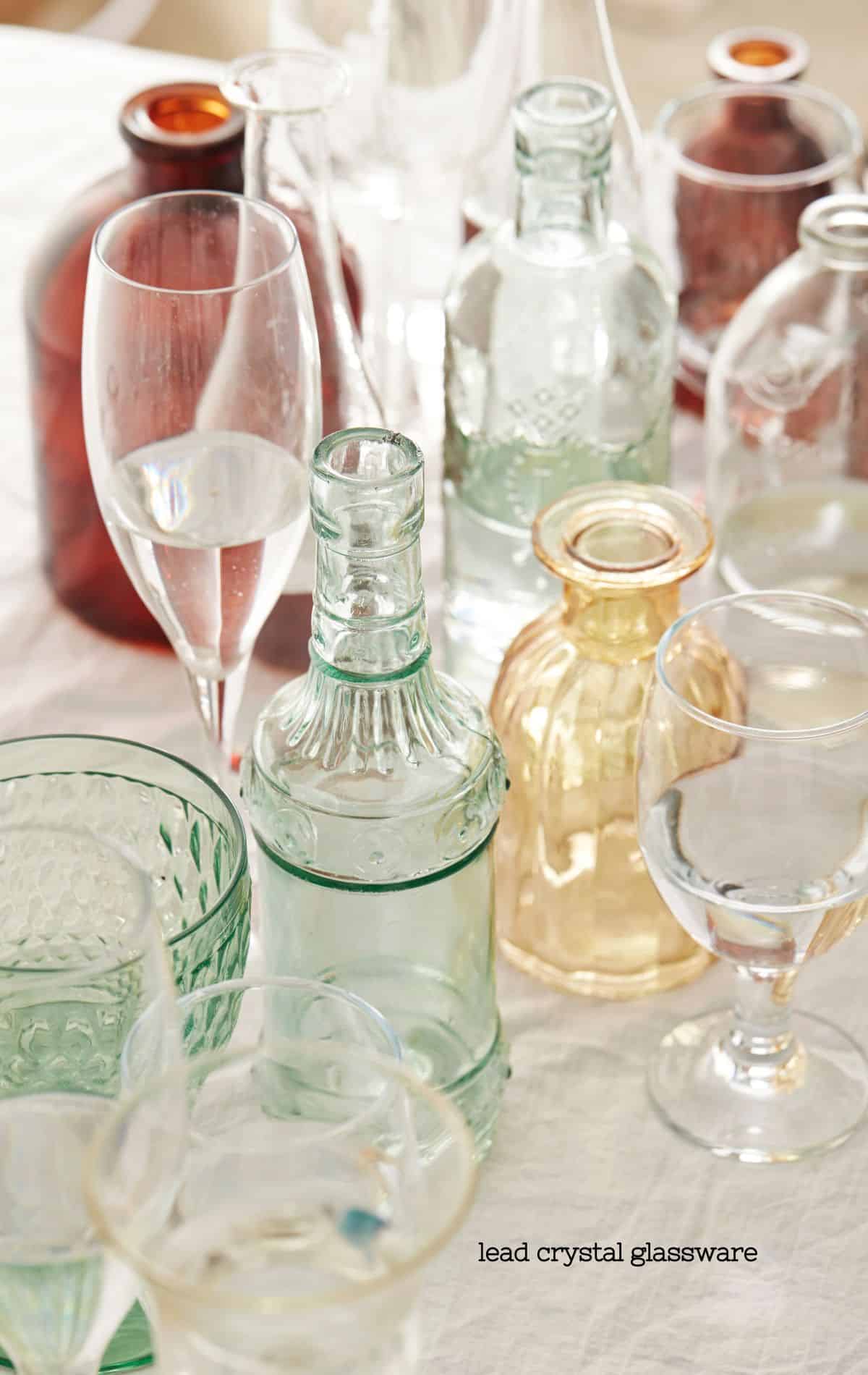
Glazed Ceramic Cookware
Some ceramic cookware may contain lead or cadmium in the glaze, which can leach into food. These heavy metals are toxic and can cause severe health problems. Ensure your ceramic cookware is labeled as lead and cadmium-free, or use alternatives like stainless steel.

In conclusion, both in professional kitchens and at home, making informed choices about cooking materials is essential. By choosing safe containers and cookware, you reduce the risk of exposure to harmful chemicals and contribute to a healthier lifestyle. Always research and select kitchen items known for their safety and durability to ensure a health-conscious cooking environment.
Safe Materials for Cooking, Heating, and Storing Food
Glassware
Glass is one of the safest choices for cooking, heating, and storing food. It doesn't leach chemicals, is typically microwave-safe, and can withstand high temperatures without degrading. Glass containers are ideal for baking, reheating leftovers, and storing all types of food.

Stainless Steel
Stainless steel is another excellent option for safe cooking. It's durable, non-reactive (won't change the flavor of your food), and resistant to rust and corrosion. Stainless steel cookware is great for stove-top cooking and baking, and stainless steel containers are perfect for storing food.

Cast Iron
Cast iron cookware has been a kitchen staple for generations. It's known for its durability and excellent heat retention. When properly seasoned, it's also naturally non-stick. Cast iron skillets and pots are ideal for a variety of cooking methods, including baking, frying, and sautéing.

Ceramic Cookware
High-quality ceramic cookware, especially those labeled as lead and cadmium-free, is a safe option. They offer a non-toxic, non-stick surface and can be used for both cooking and storing food. Ensure the ceramic is labeled as oven-safe if you plan to use it for baking.
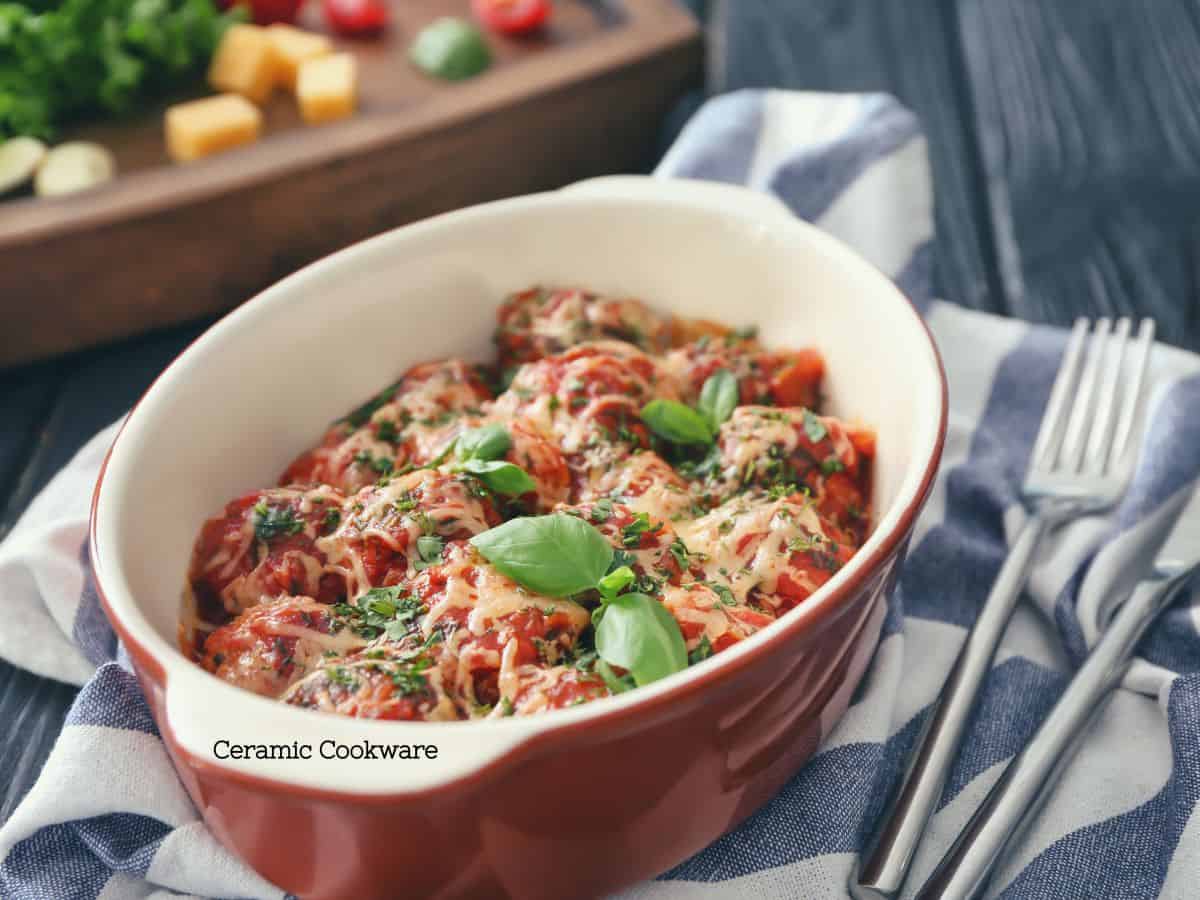
Beeswax Wraps
As a natural alternative to plastic wrap, beeswax wraps are great for covering and storing food. They are reusable, biodegradable, and offer a safe way to wrap leftovers or fresh produce.

Parchment Paper
For baking and roasting, parchment paper is a better option compared to aluminum foil. It's non-stick and heat-resistant, making it ideal for lining baking sheets or wrapping food for oven cooking. Be sure to get unbleached to avoid chemicals from bleaching exposure.

Bamboo
Bamboo is a sustainable and safe material for kitchen utensils and cutting boards. It's naturally antimicrobial and doesn’t impart any flavors into your food.
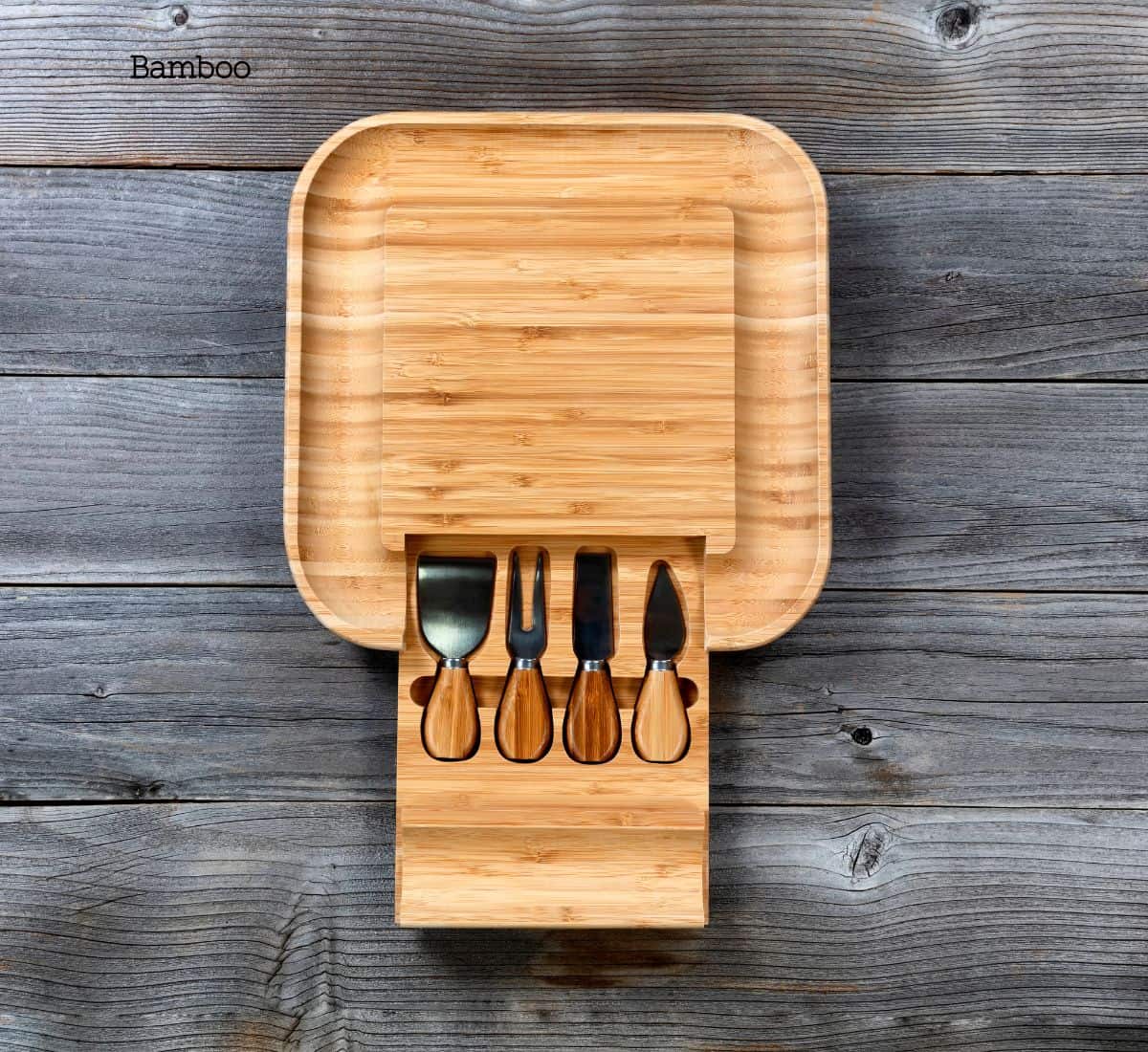
Choosing safe materials for your kitchen practices is not just about avoiding harmful chemicals, but also about embracing sustainable and long-lasting alternatives. By selecting the right materials for cooking, heating, and storing food, you ensure a healthier lifestyle and contribute to a more sustainable environment.
Healthy Cooking and Reheating Methods: The Importance of Stovetop and Oven Use
In the realm of healthy cooking and reheating, opting for traditional methods like stovetop or oven use is often a healthier choice compared to microwaving. These methods not only allow for better control over the cooking process but also help preserve the nutritional value and flavor of the food.
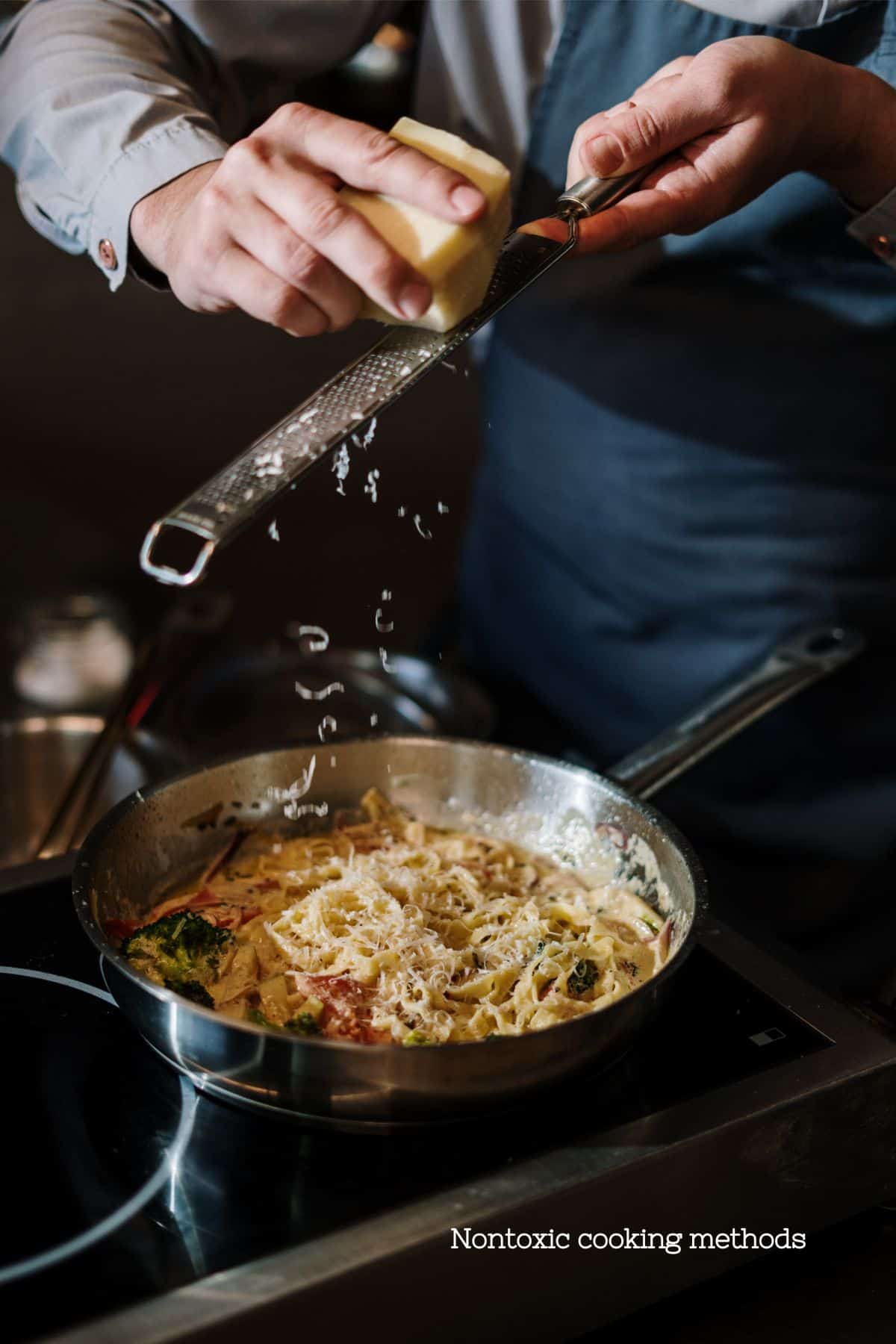
Stovetop Cooking
The stovetop cooking method allows for a wide range of cooking techniques, each beneficial in its own way:
- Simmering and Boiling: Ideal for soups, stews, and cooking grains or legumes. This method cooks food evenly and can help in extracting flavors from ingredients over a longer period.
- Sautéing and Stir-Frying: A quick and efficient way to cook, which can retain the crispness and nutritional value of vegetables and meats. Using healthy oils like avocado oil or coconut oil at the right temperature can enhance flavor without introducing harmful substances.
- Steaming: Steaming food over boiling water is a gentle method that preserves essential nutrients, color, and flavor of the ingredients, making it one of the healthiest cooking options.
Oven Cooking
Oven cooking, whether it's baking, roasting, or broiling, offers several benefits:
- Even Cooking: The oven provides a consistent heat that cooks food evenly, ensuring that all nutrients are preserved as much as possible.
- Flavor Enhancement: Roasting and baking can bring out natural flavors in foods without the need for excessive oils or fats.
- Versatility: The oven can be used for a vast range of foods – from roasting vegetables and meats to baking whole grains and casseroles.
The Importance of Avoiding Microwaving
While microwaving is often seen as a convenient option, it may not always be the healthiest choice. Microwaving can unevenly heat food, leading to hot spots where harmful bacteria can survive. It also can potentially subject you and your family to radiation. Additionally, microwaving in plastic containers can pose health risks due to the potential leaching of chemicals into
food.
Healthier Reheating Methods
For reheating leftovers, the stovetop or oven is preferred. These methods help in evenly reheating the food, retaining moisture, and preserving its original texture and flavor. For example, reheating soup on the stovetop or baking a casserole in the oven can reinvigorate the meal without the risk of uneven heating or nutrient loss.
In conclusion, choosing traditional cooking methods like the stovetop and oven can contribute significantly to a healthier diet. These methods provide better control over the cooking process, help in retaining the nutritional value of food, and offer a safer alternative to microwaving, especially when it comes to reheating leftovers.
Our Family's Journey to Non-Toxic Cookware
Embracing a lifestyle that prioritizes health and wellness, our family embarked on a journey to switch to non-toxic cookware. This transition, we realized, is a process – both in terms of research and financial investment. Here’s how we navigated this path, a journey that might resonate with many who are looking to make similar changes in their homes.

Taking the First Steps
Our initial focus was on eliminating the most concerning items: Teflon pans, plastics, and aluminum cookware. We learned about the potential health risks associated with these materials, including the dangers of chemicals leaching into our food. This knowledge spurred us to take action.
Prioritizing Replacements
Understanding that replacing everything at once could be financially overwhelming, we started by identifying the items we used most frequently. Plastic and aluminum were the first to go. We began replacing them with safer alternatives, such as glass containers for food storage – a simple yet effective swap.
Seeking Budget-Friendly Options
To manage costs, we looked out for deals and sales, particularly during events like Black Friday, which often offer significant discounts on high-quality cookware. This strategy proved beneficial, especially when considering larger sets or more expensive items.
Gradual Upgrades
We adopted a gradual approach to replacing our cookware and utensils. This not only eased the financial burden but also allowed us time to research and choose the best options for our needs. Each purchase was a thoughtful decision, considering factors like durability, safety, and versatility.
Setting Goals and Saving
As we progressed, we set specific goals for future purchases. For instance, my next target is acquiring a cast-iron skillet. By setting aside funds over time, we are able to make these upgrades without straining our budget.
Reflecting on the Experience
Looking back, this journey has been incredibly rewarding. Not only have we made our kitchen a safer place for our family, but we've also gained valuable knowledge about healthy living. We learned that every small change counts and that patience and persistence are key.
Transitioning to non-toxic cookware is a worthwhile endeavor for anyone concerned about their health and well-being. While it requires an initial investment of time and money, the benefits are undeniable. By sharing our experience, we hope to inspire others to take this important step towards a healthier lifestyle.
In summary, embarking on a journey to non-toxic cookware is a gradual but profoundly beneficial process. It's about making informed choices, seeking cost-effective solutions, and being patient as you transform your kitchen into a safe and healthy cooking haven.
FAQ
No, you should never put plastic takeaway containers in the microwave. If you must use the microwave, it's best to transfer food to a microwave-safe dish like ceramic or glass before reheating to avoid the risk of chemicals leaching from the plastic. However, the best way to reheat food is in the oven, toaster oven, instant pot, or on the stove.
No, you should not put plastic in the oven even on warm, as it can melt and potentially release harmful chemicals.
No, you should not put plastic wrap in the microwave. Even if some are labeled 'microwave-safe,' it's prudent to avoid any plastic in the microwave to stay on the safe side and prevent any risk of chemical leaching.
Final Thoughts
As we reach the end of this enlightening discussion on non-toxic cookware and healthy cooking practices, it's clear that the choices we make in our kitchens have a profound impact on our health and well-being. Ridding your kitchen of plastics and embracing non-toxic cookware is more than just a trend; it's a commitment to a healthier lifestyle for ourselves and our families.
I invite you to join in this conversation. What is your favorite non-toxic cookware? Have you had an experience that prompted you to make a switch, or are you in the process of transitioning? Share your stories in the comments below. Your insights could be invaluable to someone just starting on this path.
Moreover, if you found this information helpful, please feel free to share it with your friends. Like and subscribe for more content on living a mindful and healthy life. Together, we can create a community that supports and inspires each other towards healthier choices.
Be well,
Natalie

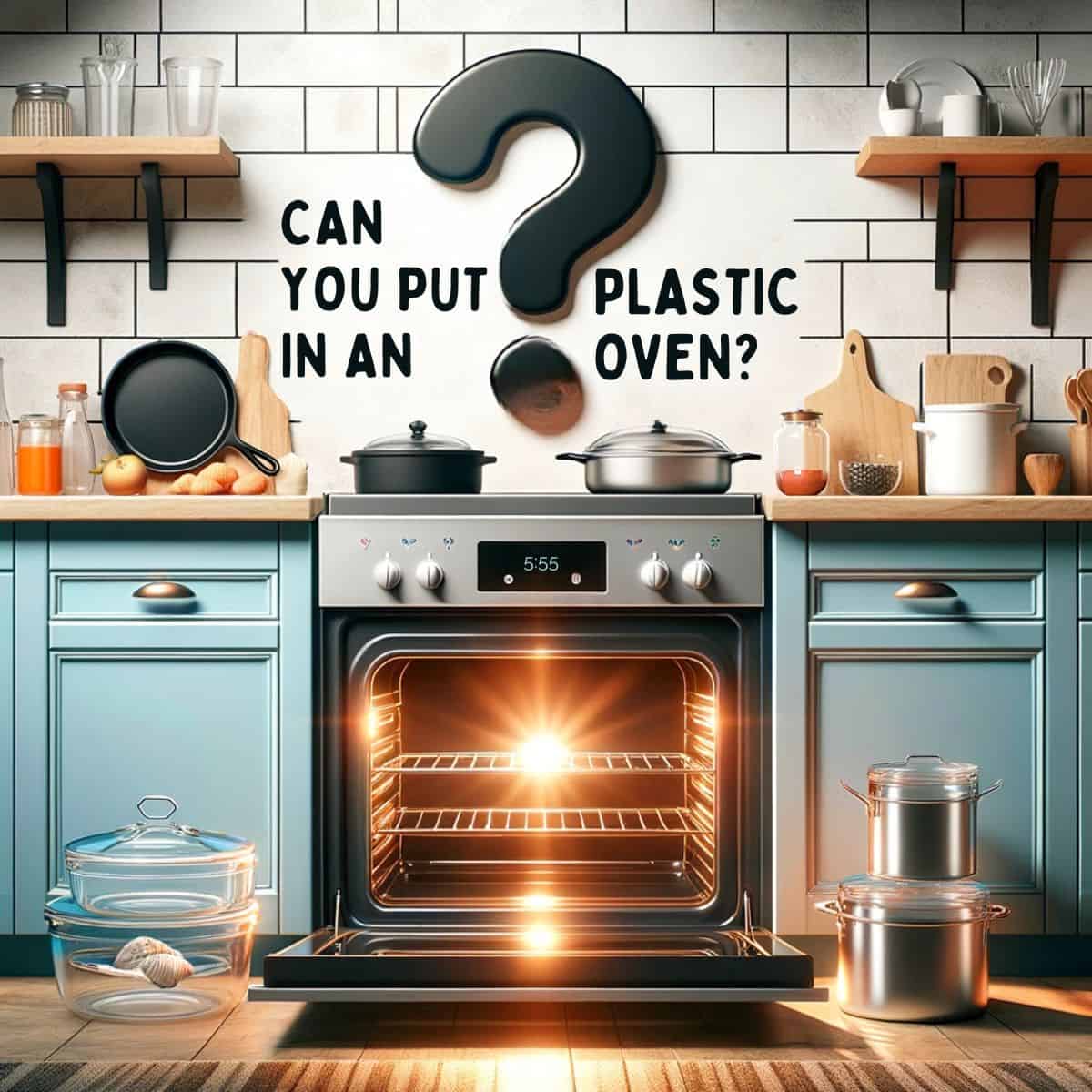
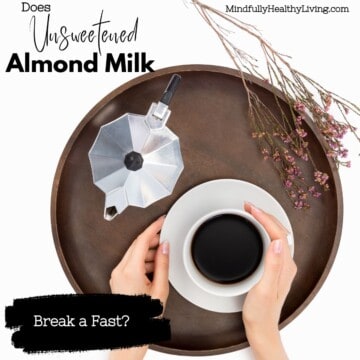
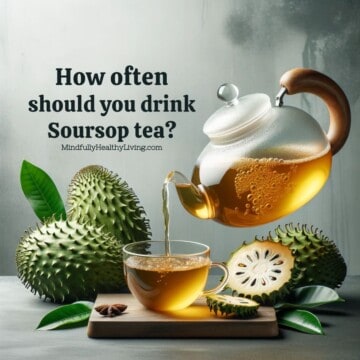

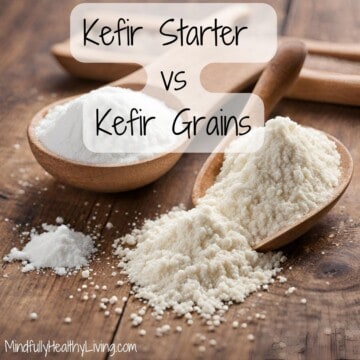
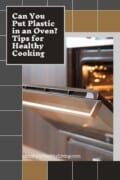
Comments
No Comments